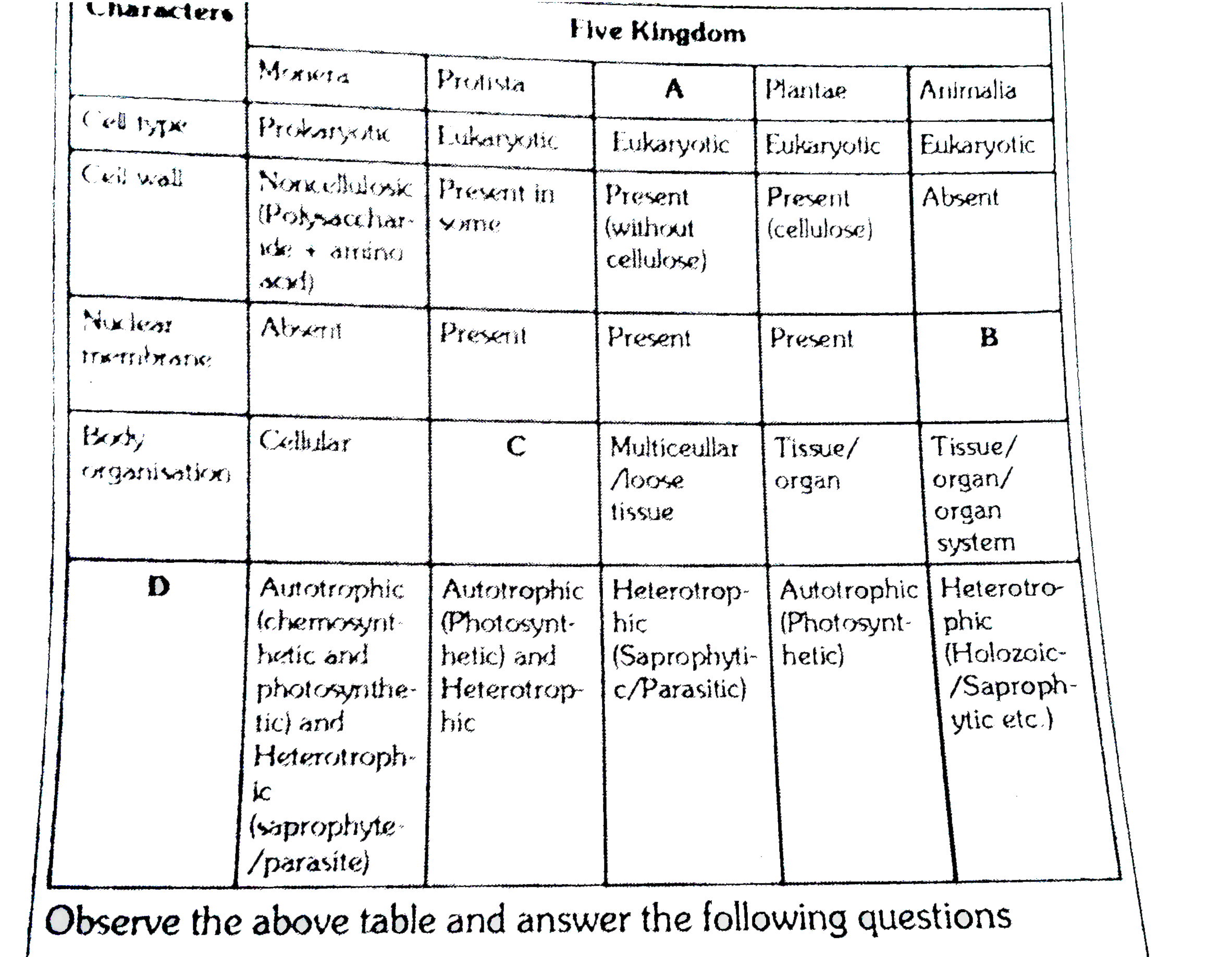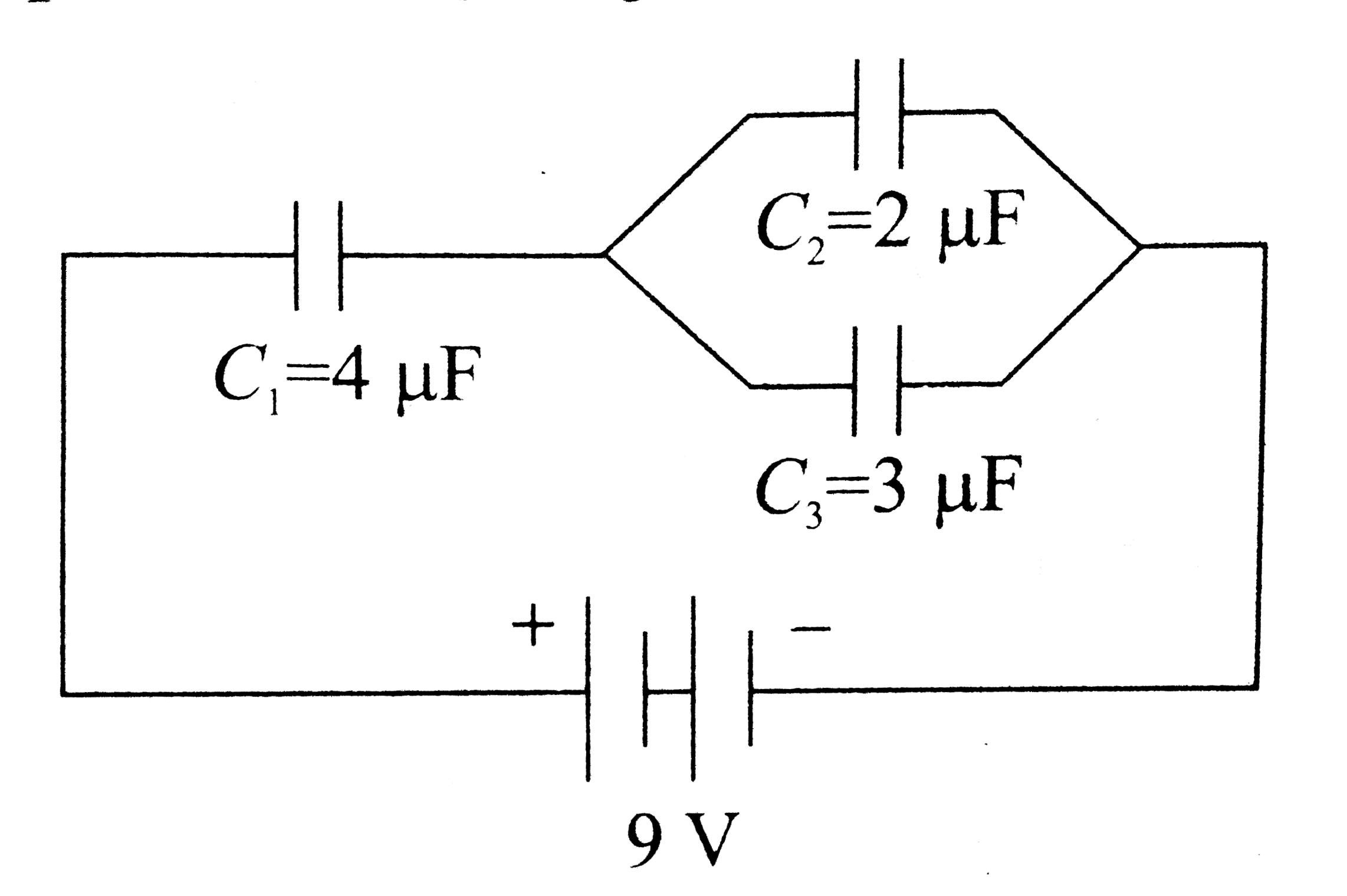Three discs, A, B and C having radii 2m, 4m and6m respectively are coated with carbon black on their outer surfaces. The wavelengths corresponding to maximum intensity are 300nm,400nm and 500nm, respectively. The power radiated by them are QA,QBandQC respectively
(a) QA is maximum (b) QB is maximum (c) QC is maximum (d) QA=QB=QC
The correct Answer is:A
To solve the problem, we need to analyze the power radiated by the three discs A, B, and C, taking into account their radii and the wavelengths corresponding to maximum intensity.
1. Understanding the Power Radiated:
The power radiated by a black body is given by the Stefan-Boltzmann Law, which states that the power Q radiated is proportional to the area A and the fourth power of the temperature T:
Q∝AT4
2. Area Calculation:
The area A of a disc is given by the formula:
A=πr2
where r is the radius of the disc. For discs A, B, and C, we have:
- For disc A (radius rA=2m):
AA=π(22)=4πm2
- For disc B (radius rB=4m):
AB=π(42)=16πm2
- For disc C (radius rC=6m):
AC=π(62)=36πm2
3. Wavelength and Temperature Relationship:
According to Wien's Displacement Law, the wavelength corresponding to maximum intensity (λmax) and temperature (T) are related as follows:
λmaxT=b
where b is a constant. Thus, we can express the temperature in terms of the wavelength:
T=bλmax
4. Calculating the Temperatures:
For the discs A, B, and C, we can denote their maximum wavelengths as λA=300nm, λB=400nm, and λC=500nm. Therefore, their respective temperatures will be:
- For disc A:
TA=b300
- For disc B:
TB=b400
- For disc C:
TC=b500
5. Power Ratio Calculation:
Now we can express the power radiated by each disc in terms of their areas and temperatures:
QA∝AAT4A=4π(b300)4
QB∝ABT4B=16π(b400)4
QC∝ACT4C=36π(b500)4
6. Simplifying the Ratios:
We can now find the ratios QA:QB:QC:
QA:QB:QC=4π(b300)416π(b400)4:16π(b400)436π(b500)4
Simplifying this gives:
QA:QB:QC=416⋅40043004:1:36⋅500416⋅4004
7. Final Comparison:
After calculating the ratios, we find that QB is the maximum among the three. Thus, the answer is:
(b) QB is maximum.
The power radiated by a black body is given by the Stefan-Boltzmann Law, which states that the power Q radiated is proportional to the area A and the fourth power of the temperature T:
Q∝AT4
The area A of a disc is given by the formula:
A=πr2
where r is the radius of the disc. For discs A, B, and C, we have:
- For disc A (radius rA=2m):
AA=π(22)=4πm2
- For disc B (radius rB=4m):
AB=π(42)=16πm2
- For disc C (radius rC=6m):
AC=π(62)=36πm2
According to Wien's Displacement Law, the wavelength corresponding to maximum intensity (λmax) and temperature (T) are related as follows:
λmaxT=b
where b is a constant. Thus, we can express the temperature in terms of the wavelength:
T=bλmax
For the discs A, B, and C, we can denote their maximum wavelengths as λA=300nm, λB=400nm, and λC=500nm. Therefore, their respective temperatures will be:
- For disc A:
TA=b300
- For disc B:
TB=b400
- For disc C:
TC=b500
Now we can express the power radiated by each disc in terms of their areas and temperatures:
QA∝AAT4A=4π(b300)4
QB∝ABT4B=16π(b400)4
QC∝ACT4C=36π(b500)4
We can now find the ratios QA:QB:QC:
QA:QB:QC=4π(b300)416π(b400)4:16π(b400)436π(b500)4
Simplifying this gives:
QA:QB:QC=416⋅40043004:1:36⋅500416⋅4004
After calculating the ratios, we find that QB is the maximum among the three. Thus, the answer is:
(b) QB is maximum.
Topper's Solved these Questions
- CALORIMETRY & HEAT TRANSFERBook:DC PANDEY ENGLISHChapter:CALORIMETRY & HEAT TRANSFERExercise:Example Type 4
Explore 4 Videos
- CALORIMETRY & HEAT TRANSFERBook:DC PANDEY ENGLISHChapter:CALORIMETRY & HEAT TRANSFERExercise:Miscellaneous Examples
Explore 13 Videos
- CALORIMETRY & HEAT TRANSFERBook:DC PANDEY ENGLISHChapter:CALORIMETRY & HEAT TRANSFERExercise:Example Type 2
Explore 2 Videos
- BASIC MATHEMATICSBook:DC PANDEY ENGLISHChapter:BASIC MATHEMATICSExercise:Exercise
Explore 13 Videos
- CALORIMETRY AND HEAT TRANSFERBook:DC PANDEY ENGLISHChapter:CALORIMETRY AND HEAT TRANSFERExercise:Medical entrance s gallery
Explore 38 Videos
Similar Questions
Three discs A, B and C having radii 2 m, 4m, and 6 m, respectively are coated with carbon black on their outer surfaces. The wavelengths corresponding to maximum intensity are 3 m, 4 m and 5 m respectively. The power radiated by them are PA,PBandPC respectively. Find the ratio of powers emitted by the three discs.
View Solution
Q. Identify the A,B,C and D.
View Solution
Knowledge Check
The average of a, b, c, and d is p. If the average of a and c is q, what is the average of b and d in terms of p and q?
A2p+qB2p−qC2q+qD2q−p
Three concentric spherical shells A, B and C having uniformly distributed total charges +Q, -2Q and +Q respectively are placed as shown. The potential at the centre will be -

View SolutionIn figure, the charges on C1,C2, and C3, are Q1,Q2, and Q3, respectively.
 .
.
View SolutionTwo small conductors A and B are given charges q1andq2 respectively. Now they are placed inside a hollow metallic conductor C carrying a charge Q. If all the three conductors A, B and C are connected by a conducting wire as shown, the charges on A,B and C will be respectively :

View SolutionIf a , b and c b respectively the pth , qth and rth terms of an A.P. prove that
a(q-r) +b(r-p) +c (p-q) =0
View SolutionP and Q are points on sides AB and AC respectively of ABC . If AP=3cm , PB=6cm , AQ=5cm and QC=10cm , show that BC=3 PQ .
View SolutionFour concentric conducting spherical shells A, B, C and D of radii a, 2a, 3a and 4a respectively. Shell B and D are given charges q and −q respectively. If shell C is grounded then potential difference (VA — VC) is
View SolutionFigure shows three concentric thin spherical shells A, B and C of radii a, b, and c. The shells A and C are given charge q and -q, respectively, and shell B is earthed. Then,
View Solution
